The Red-cowled Cardinal is a South America’s wonder. People in South America, mainly from Brazil, know this bird as the Dominican Cardinal. This captivating bird captures people’s attention with its striking appearance.
It soothes people’s souls with its sweet and melodic songs. Many birdwatchers consider themselves incredibly lucky upon seeing this magnificent songbird.
When they catch sight of this bird, they begin to think about many things about it. For example, they ponder questions about this bird’s family, behavior, lifestyle, etc. If you can relate to them and want to know more about this bird, keep reading this article.
Related Articles
Red-cowled Cardinal Profile
| Name | Red-cowled cardinal |
|---|---|
| Scientific Name | Paroaria dominicana |
| Common Names | Red-cowled Cardinal |
| Origin | Northeast Brazil |
| Size | 18 cm |
| Weight | 30-34 g |
| Lifespan | – |
| Physical Features | Red head and throat, Black with grayish streaks back and black tail, white and black beak, white underparts, and gray legs. |
| Temperament | Territorial, Dominant, and Cooperative |
| Similar Species | Red-crested Cardinal |
Overview of the Red-cowled Cardinal
Derived from the tanager family (Thraupidae), the Red-cowled Cardinal is a striking and colorful songbird native to northeast Brazil.
Although this magnificent bird bears the name of Cardinal, it doesn’t belong to the Cardinalidae family. But it shares some features of Northern Cardinal.
For example, it comes with a read head and a throat. Also, it has a bold chest plumage and can sing melodic songs.
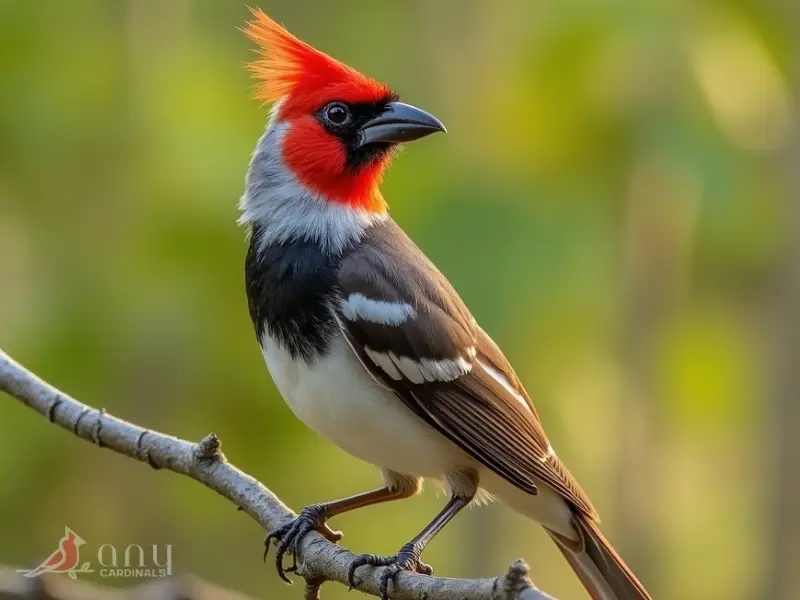
Not only this, but this bird is almost identical in behavior to the Northern and Red-crested cardinals. It gets territorial during the breeding season.
It forms a lifelong bond with its mate. The male Red-cowled Cardinal protects its family and performs other duties, ensuring the entire family’s survival.
All these said, with a striking appearance and melodic songs, the Red-cowled Cardinal becomes an enchanting bird to birdwatchers worldwide.
History and Origins of Red-cowled Cardinal
The Red-cowled Cardinal is an inhabitant of Northeast Brazil, especially the Caatinga. There is no research stating where this bird was first found. But today, ornithologists and birdwatchers can spot this beautiful bird all across Brazil.
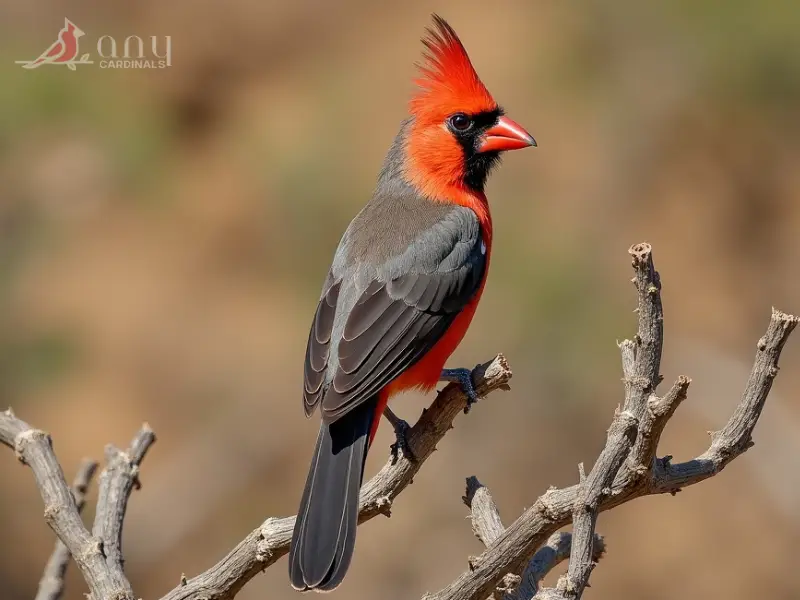
You can also notice this birdie in urban areas of Rio de Janeiro and São Paulo. Thanks to the Red-cowled Cardinal’s adaptability and flexibility in diet, it can easily thrive in all regions of Brazil.
Thus, this bird is prevalent here, and Brazil’s people are fond of the Red-cowled Cardinal. They associate this bird with love, joy, beauty, and hope.
Physical Characteristics of Red-cowled Cardinal
Get to know what physical characteristics make the Red-cowled Cardinal different from other birdies by reading this section.
Distinctive Appearance: The adult Red-cowled Cardinal has distinctive plumage featuring red, black, and gray colors. As you know, this bird’s head and throat are red.
On the contrary, its back is gray, and its wings and tail are primarily black. Its underpart is white, and its legs are gray. The Red-cowled Cardinal even features a dull orange head when it remains immature.
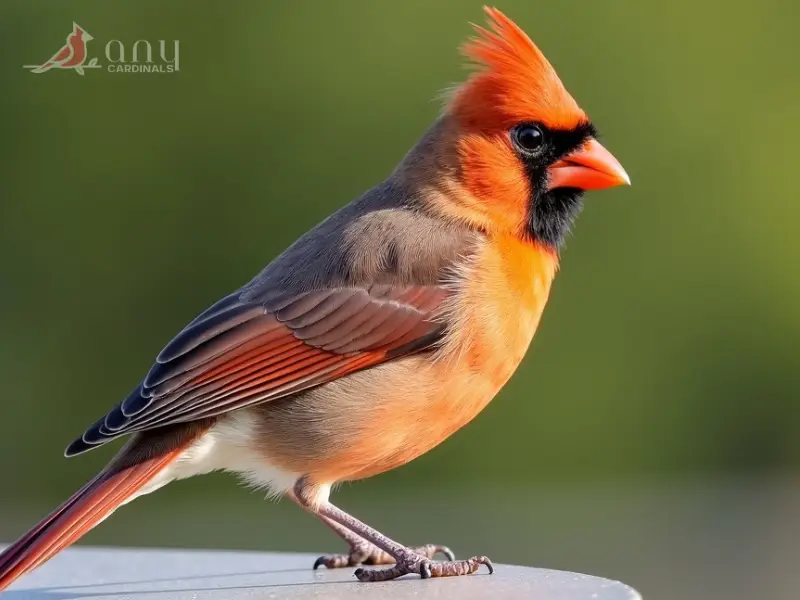
Size and Measurements: A full-grown Red-cowled Cardinal tends to be 18 cm long.
Weight: Like other medium-sized songbirds, it also weighs around 30 to 34 g.
Plumage Variation: Usually, the Red-cowled Cardinal features three plumage color types: Red, Black, and Gray.
Juvenile Features: Juvenile birds resemble similar physical characteristics to adult ones. The only distinguishable feature between young and adult Red-cowled cardinals is that juveniles’ heads boast duller orange plumage.
Physical Traits of Young and Adult: There are no mentionable differences in physical traits between the young and adult Red-cowled Cardinal.
Both young and adult Red-cowled cardinals are identical. However, you can notice a few differences (we’ve already discussed): their size and plumage color.
A young bird has an orange head, while an adult has a red head. Besides, a young bird features a short beak, tail, wings, and legs, unlike the adult bird.
Wing and Tail Features: The Red-cowled Cardinal has black wings with white streaks. Its square-cut tail is predominantly black or deep gray.
This bird can effortlessly conduct short-burst flights, thanks to featuring such wings and a tail.
Distribution and Habitat of Red-cowled Cardinal
We will now talk about where you can spot this striking about and other factors associated with its habitat.

Geographic Distribution:
The Red-cowled Cardinal inhabits the urban areas of Brazil. You can spot this bird in the Caatinga region. This striking bird’s range also covers Rio de Janeiro and São Paulo.
Habitat Preferences:
This songbird prefers staying in semi-humid environments. Precisely, it chooses woodlands, forests, and semi-arid shrublands to build its nest.
Urban Adaptability:
The Red-cowled Cardinal demonstrates surprising adaptability to urban environments. This bird has a thriving population in urban areas of Rio de Janeiro and São Paulo.
That means they can easily adjust to urban environments and human presence.
Migration and Seasonal Movements:
Unlike other North American birds, the Red-cowled Cardinal isn’t a migratory bird.
It tends to stay in its territory all year round. However, this birdie may conduct short-distance flights due to varied events.
For example, it might look for a new territory upon being threatened by predators or humans. It can also seek new habitats during the winter season when food scarcity usually remains at its peak.
Threats and Conservation Status:
Sadly, the Red-cowled Cardinal has to deal with various threats regularly. It is an appealing bird, and many people try to keep it as a pet.
Therefore, many illegal traders cage this bird and try to sell it on black markets. The Red-cowled Cardinal also faces natural calamity, a severe threat leading to extinction.
Fortunately, despite all these threats, this bird isn’t an endangered species. The IUCN Red List of Threatened Species listed this birdie as Least Concern in 2016.
Behavior and Traits of Red-cowled Cardinal
If you have always wanted to learn about the Red-cowled Cardinal’s behavior, you will enjoy reading this part of this content.
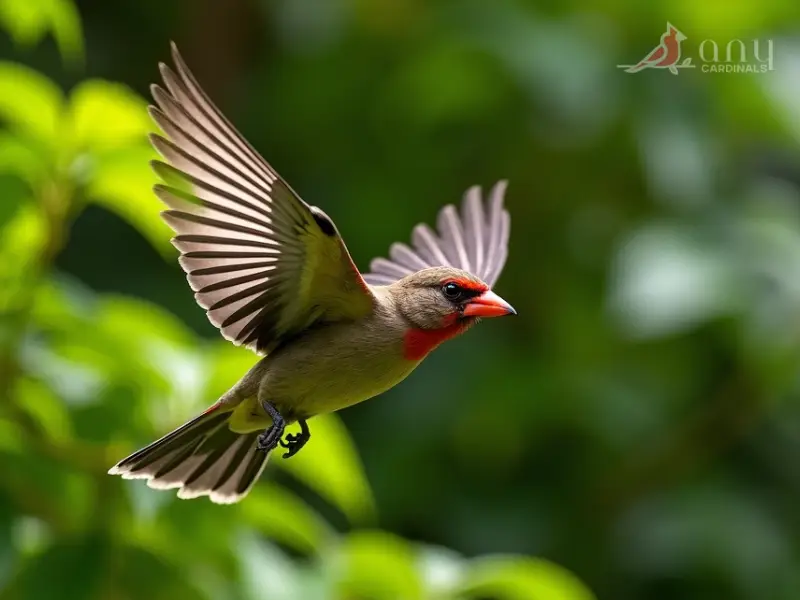
Diurnal and Social Behavior
The Red-cowled Cardinal remains active during the day. Mostly, this bird tends to be active in the morning and evening. In the daytime, it forages for food on the ground or in low vegetation.
This songbird is quite social as it loves forming a lifelong bond with its partner and consuming food with other birds. Also, the Red-cowled Cardinal is okay with joining a small flock in the non-breeding season.
Breeding Season Behavior
Since no research on the Red-cowled Cardinal’s breeding season behavior has yet been conducted, we can’t disclose enough reliable information.
Flight Characteristics
The Red-cowled Cardinal conducts short-distance flights in search of food or to deal with various threats, regularly through dense foliage. However, it doesn’t perform long-distance flights like the migratory birds.
Diet and Feeding Habits
This medium-sized songbird is a granivore animal feeding on seeds, berries, and insects. Mostly, this bird eats seeds. Occasionally, it can consume fruits and insects.
Reproduction and Development of Red-cowled Cardinal
Here, you will find all the nuts and bolts of the Red-cowled Cardinal’s reproduction and development. So, keep reading!
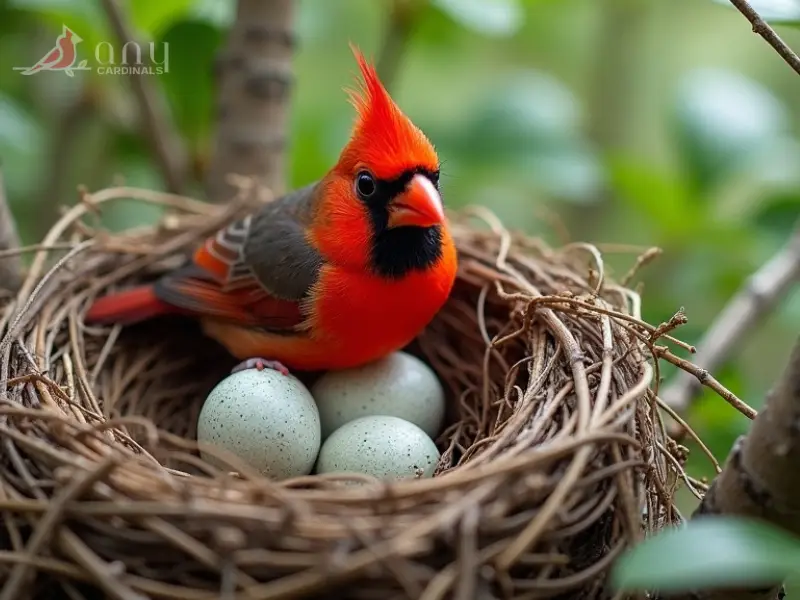
Nesting Behavior and Habitat Selection:
As you know, the Red-cowled Cardinal exhibits territorial behavior during the breeding season. The male bird monitors its territory and fends off intruders by engaging in fights at this time.
On the other hand, the female bird stays busy incubating eggs. After pairing up, these birds choose semi-humid areas to build their cup-shaped nests. They utilize twigs, plants, and other materials to make their home.
Egg Laying and Incubation:
The female Red-cowled Cardinal lays around two to three eggs. Due to insufficient research data, we can’t say anything about their incubation period and these birds’ contribution to incubation.
Juvenile Plumage and Development:
Juvenile Red-cowled Cardinal features the exact plumage with three varied colors like the adult birds. But its head remains dull orange instead of red.
Over time, it develops the red plumage on its head and throat. Other plumage colors, such as black and white, remain the same from the juvenile to adult periods.
Sounds and Vocal Behavior of Red-cowled Cardinal
The Red-cowled Cardinal generates sweet and melodic songs. Its song features a distinctive set of paired notes like “weeet-chup” (first note ascending, second short, and descending). This song pattern can repeat in variation.
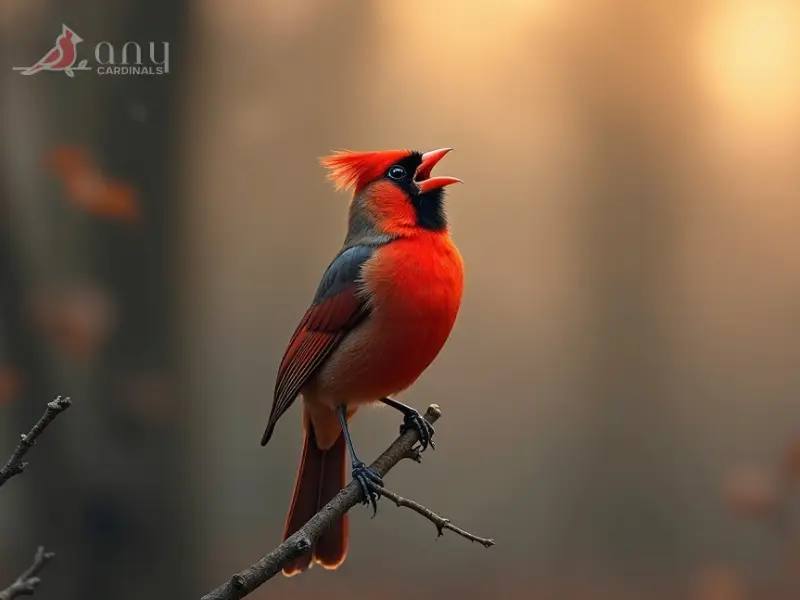
On the other hand, its call includes soft chirps, twitters, and trills. Its call sounds much more like chWUP!” or “chuup.”
The Red-cowled Cardinal utilizes its call and songs in varied contexts, such as alarming other birds, foraging, or interacting with potential mates.
Final Words
The Red-cowled Cardinal is a captivating bird. This bird boasts many secrets that are yet to be discovered. Just to let you know, there is no comprehensive research concerning this bird. Still, we included all the information we gathered in this blog post.
We hope you will appreciate our effort and find this article helpful. If you do, you may share this resourceful content with others, such as your friends and family, via Facebook, Twitter, and Pinterest.
Article Reference:
- https://en.wikipedia.org/wiki/Red-cowled_cardinal
- https://birdsoftheworld.org/bow/species/reccar2/cur/introduction
- https://ebird.org/species/reccar2/L5611244
- https://www.inaturalist.org/taxa/10253-Paroaria-dominicana
- https://datazone.birdlife.org/species/factsheet/22721587

